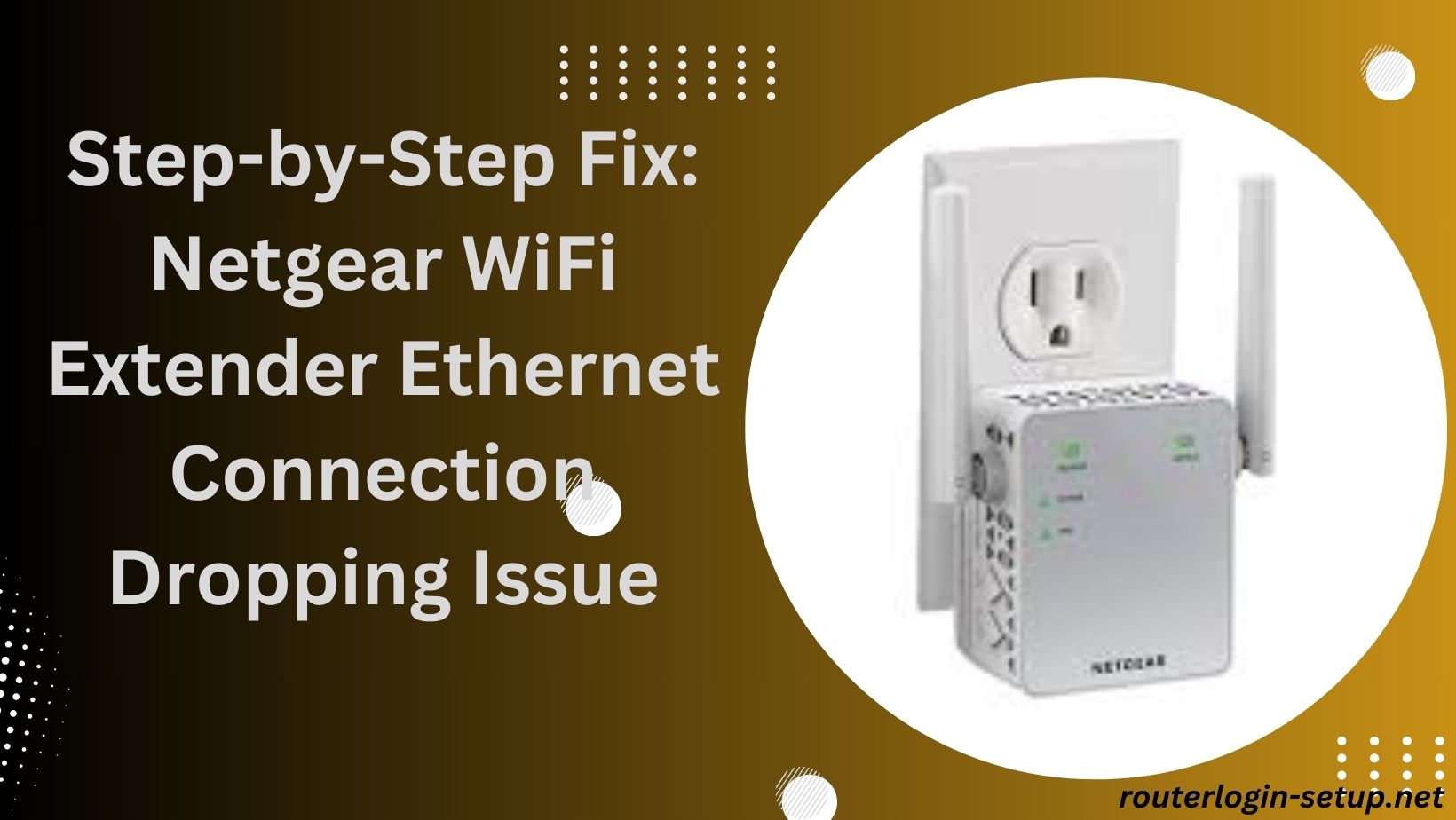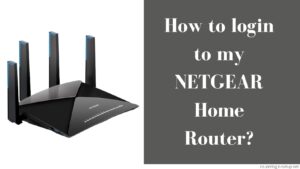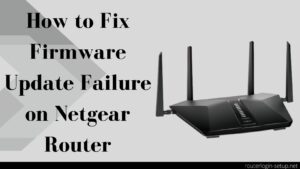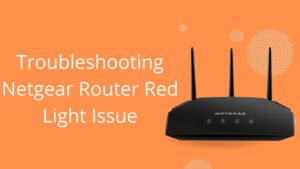Uninterrupted internet access requires a stable and consistent Ethernet connection, especially in the age of streaming, online gaming, and remote work. Frequent interruptions in the Ethernet connection may pose issues for users. This problem can be aggravating, causing interruptions in productivity and online tasks. In this extensive guide, we will examine the possible causes behind Ethernet connection dropping and offer systematic troubleshooting solutions to guarantee a steadfast and reliable connection.
Step-by-Step Fixed
1. Cable Inspection:
- Begin troubleshooting with the basics by examining the Ethernet cables. Look for visible signs of damage, such as frayed or bent connectors. If any issues are identified, replace the cable with a new, high-quality Ethernet cable. A damaged cable can significantly impact connection stability.
2. Secure Connection:
- Ensure proper connectivity of both the router or modem and the device to the Ethernet cable. Intermittent drops may occur due to an insecure connection. Confirm that the connectors are fully inserted into the designated ports.
3. Router/Modem Reboot:
- Initiate a reboot of your router or modem by disconnecting the power cable, waiting for 10-15 seconds, and then reconnecting it. This straightforward action can eliminate temporary glitches and frequently resolves problems related to connection drops.
4. Device Reboot:
- Similarly, reboot the device experiencing Ethernet connection drops. This could be your computer, gaming console, or any other device using the Ethernet connection. Rebooting the device refreshes network settings and may resolve software-related issues.
5. Check Router/Modem Settings:
- Access the settings of your router or modem via a web browser and inspect for any configuration issues. Confirm that the router firmware is current. Certain routers may have specific settings related to Ethernet ports that may require adjustment for optimal performance.
6. Network Adapter Settings:
- Examine your computer or device’s network adapter settings. Verify that the network adapter is configured with DHCP, or the automatic IP address acquisition protocol. Issues with connectivity may arise from incorrect settings.
7. Driver Updates:
- Your network adapter’s drivers may need to be updated. Drivers that are out of date or incompatible can cause connection problems. Use device manager or the manufacturer’s website to locate and install the most recent driver updates.
8. Check for Interference:
- Assess the environment for potential interference sources. Electronic devices, wireless routers, or other Ethernet cables running parallel to the affected cable may cause interference. Consider repositioning cables and devices to minimise potential interference.
9. Try a Different Port:
- If your router features multiple Ethernet ports, attempt connecting the cable to a different port. A defective port on the router might be the cause. Testing with an alternative port helps identify whether the issue is isolated to a specific port.
10. Use a Different Device:
- Insert the Ethernet cable into an alternate device to verify if the problem persists. If the connection remains steady on the other device, the issue may be associated with the original device’s network settings or hardware.
11. Static IP Address:
Opt for assigning a static IP address to your device instead of relying on DHCP. While DHCP is convenient, static IP addresses enhance connection stability, especially in environments with numerous devices.
Also Read : routerlogin.net not working
A: A number of things could be at play, including interference, hardware malfunctions, and cable troubles. Examine cables, device settings, and possible interference sources when troubleshooting.
A: Start by ensuring secure cable connections, testing with different cables, and rebooting your router or modem. Updating firmware and checking device settings can also help.
A: Yes, assigning static IP addresses to devices can offer a more stable connection, particularly in settings with numerous devices.
A: Yes, a defective port on the router may lead to connection interruptions. Test with different ports to identify if the issue is specific to one port.
A: Contact your Internet Service Provider (ISP) to look into potential outages or issues in your area if difficulties continue. More complex problems may require professional assistance to diagnose and solve.



